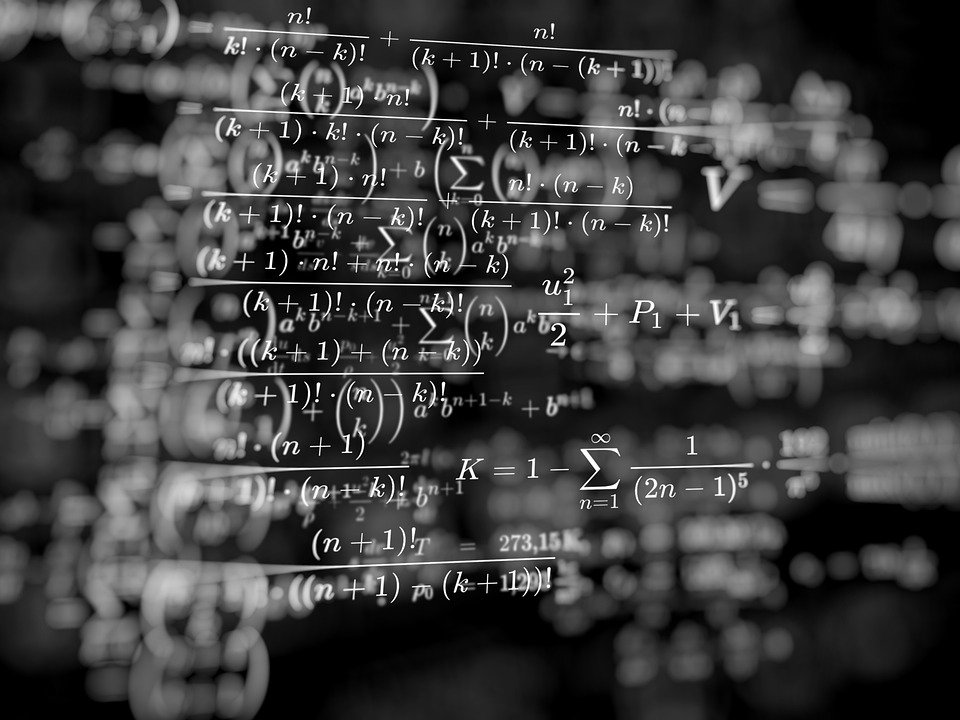You probably don’t know how crucial science is to what you’re doing when you’re playing Angry Birds on your smartphone. Science is perhaps the last thing on your mind as the birds soar through the sky. Aside from the physics of launching feathery missiles in the air, there’s a much deeper connection between science and playing video games. That’s because all technology, from cell phones to medical scanners to automobiles, is inextricably linked to science. They would not exist if it weren’t for science.
Science is the systematic collection of facts for studying the natural world, known as the scientific method. And technology refers to the application of science to creating equipment that can solve problems and perform tasks. Science is physically applied through technology. As a result, it’s nearly hard to distinguish between the two. In this lesson, we’ll examine how science and technology are related in-depth, including several instances.
Science-based technology
The most obvious link is what we’ve already mentioned: technology is the application of science. In truth, science has opened the path for countless wonderful developments in our society throughout history.
The way humanity lived changed permanently during the agricultural revolution. We transitioned from being nomadic hunters and gatherers to settling down in one location. Why? We gained the scientific knowledge required to grow crops. We didn’t have to be on the move all of the time anymore. Where we were, we could produce more than enough food to feed our families. Our shelters evolved from crude and easily dismantled constructions to permanent structures and buildings. As farming technology developed, so did construction technology. As we produced an abundance of food, fewer people had to spend time making food, giving us the time we needed to increase our knowledge even faster.
Then came the Industrial Revolution, which altered humanity’s way of life. During this period, the industry improved our ability to execute various tasks, and farming and food production required even fewer people. People began to migrate to cities, where factories were established to produce items that people were increasingly demanding, and these companies frequently used machines to assist humans in their work. The steam engine, an application of thermodynamics, a branch of physics concerned with heat engines, is possibly the most well-known technology of the period. James Watt, who was a chemist as well as an inventor, patented the first steam engine.
This tendency continues to this day, and items like televisions and smartphones would not be conceivable without quantum mechanics and other modern research. To make a flat-screen television, you must be able to manipulate and regulate electrons in complex ways, and physics predicts the motion of such electrons.
